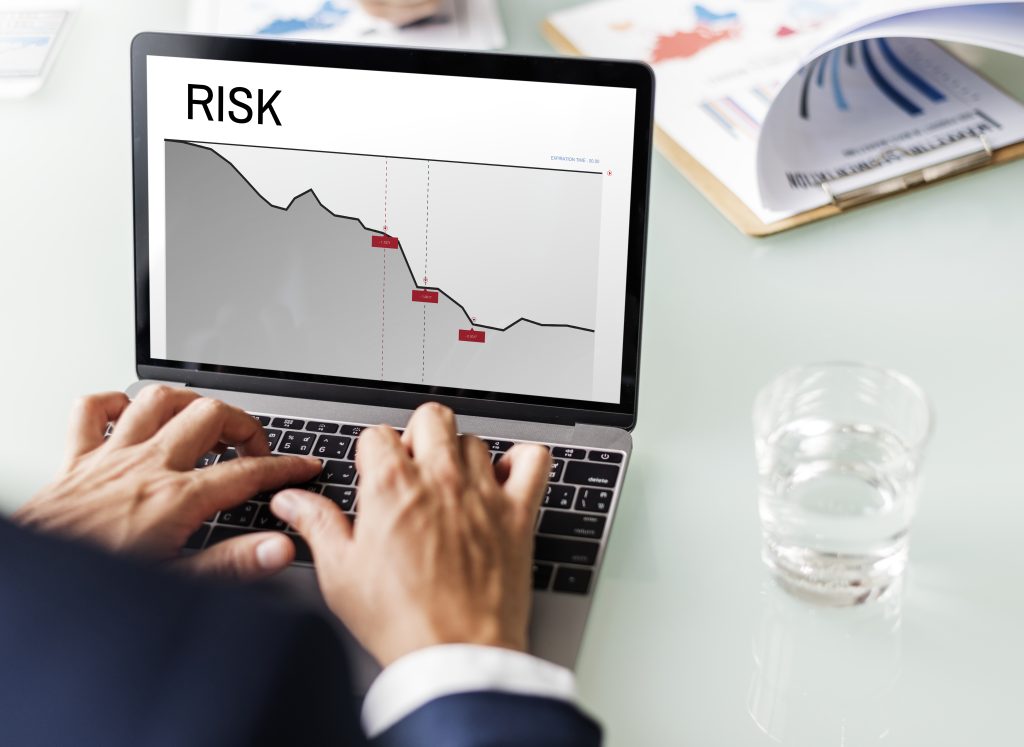Introduction:
Your business continuity is at risk. A statement no business owner ever wants to hear. But in today’s interconnected world, unexpected threats like network vulnerabilities, hackers, ransomware, and malware can lurk at every corner, endangering the longevity of your business. Therefore, developing a robust risk assessment strategy is pivotal to safeguard your business assets and ensure business continuity.
Understanding Risk: Business Continuity and Assessment
Business continuity is the ability of a business to maintain critical functions during and after a disaster has occurred. It involves careful planning and preparation to ensure that an organization can continue to operate in the face of exposure to a variety of risks.
A key aspect of business continuity planning is risk assessment. A comprehensive risk assessment identifies potential threats, vulnerabilities, and the operational impact of disrupting normal business functions. It is a systematic process involving the identification, assessment, prioritization, and creation of action plans to minimize the associated risks and plan for potential losses.
Disaster Recovery as a Key Component of Business Continuity Management
When disaster strikes, it’s your disaster recovery plan that keeps your business going. Disaster recovery includes policies, tools, and procedures that enable the recovery of critical technology infrastructure and systems following a natural or human-induced disaster. It focuses on IT or technology systems that support business functions.
Why is disaster recovery vital, one might ask? If your systems go down due to a disaster, and you don’t have a disaster recovery plan, it will cost you both in terms of financial losses and damage to your brand’s reputation.
Importance of Asset Management in Risk Mitigation
Asset Management is a critical and often overlooked part of a company’s risk mitigation strategy. An effective asset management plan includes an inventory of physical and digital assets, understanding their usage, predicting their life cycle, and planning for their maintenance or replacement. Gaining a clear snapshot of all assets within the company can result in substantial cost savings and enhanced productivity.
Securing Your Network: A Look at the Role of Servers and Data Centers
A significant part of business continuity involves securing your network, servers, and data center. These components are the backbone of most enterprises, enabling the storage, communication, and transfer of business-critical data. Any disruption could lead to a business standstill. Adequate preventive measures such as regular data backups, firewall protection, patch management, and access controls should be implemented to ensure the security and resilience of these components.
Keeping Ahead of the Game: IT Policies and Information Security
Information Security is the practice of preventing unauthorized access, use, disclosure, disruption, modification, inspection, recording or destruction of information. It’s a crucial domain that involves various aspects like Network Security, Data Privacy, Security Architecture, and Design, etc.
On the other hand, IT Policies provide a blueprint for how various information technology resources within your organization should be utilized. They provide guidelines regarding the use of the organization’s IT infrastructure, resources, and data.
Armoring Against Threats: Understanding the dangers of Ransomware, Hackers, and Malware
The word ‘Ransomware’ has been a buzzword in the information security field for some years now. This type of malware threatens to publish the victim’s data or perpetually block access to it unless a ransom is paid. Similarly, skilled hackers with malicious intent can break into networks and wreak havoc on your systems.
Businesses must understand these cyber threats and take measures to protect their networks and systems. Regular updates, investing in powerful security software, frequent backups, and training employees to recognize potential threats are a few of the necessary steps required.
Conclusion:
The bottom line is, your business continuity is at risk if you don’t take the necessary precautions. From conducting thorough risk assessments and devising a solid disaster recovery plan, to effectively managing assets and implementing robust IT policies and information security measures, every step plays a critical role in ensuring your business stays up and running no matter what. Constant vigilance against threats like ransomware, hackers, and malware is also crucial in this ongoing battle for business continuity.
Remember, the more proactive you are in safeguarding your business, the higher the chances of your business surviving the unexpected. So don’t wait for a disaster to occur to take action. Start building your protective measures today. Because it’s not a question of if disaster will strike, but when.

